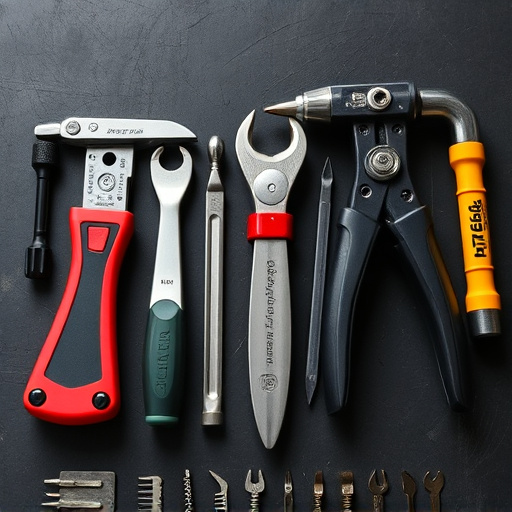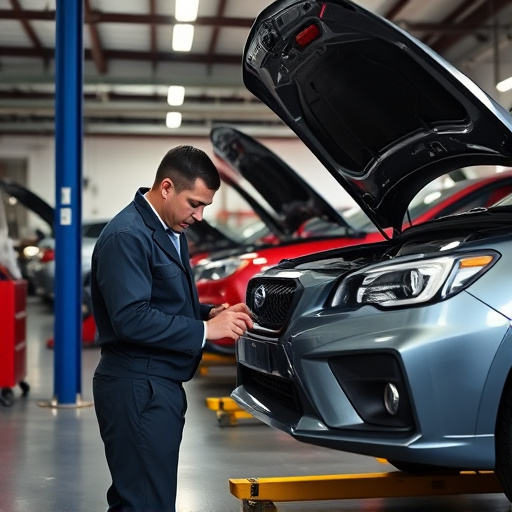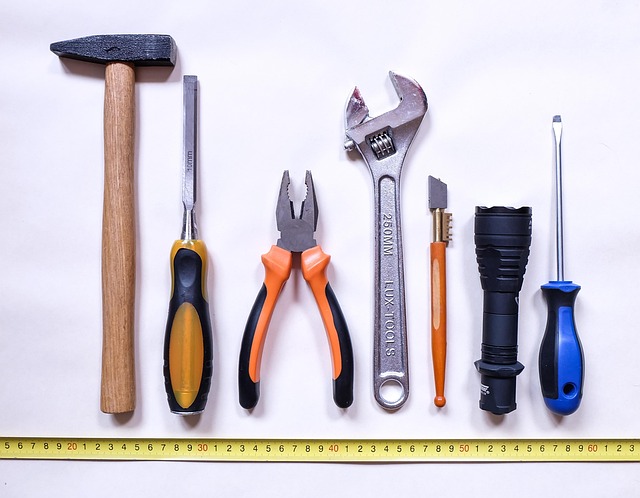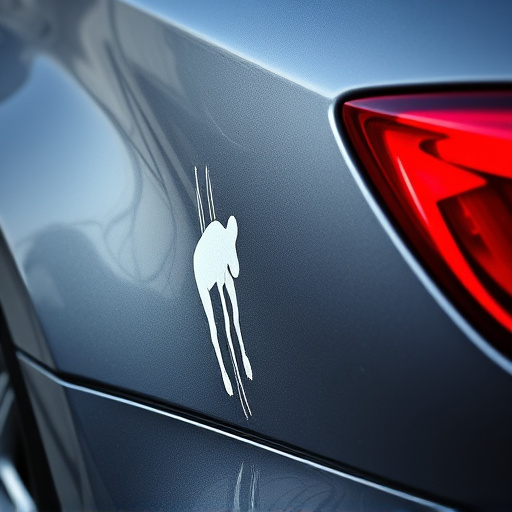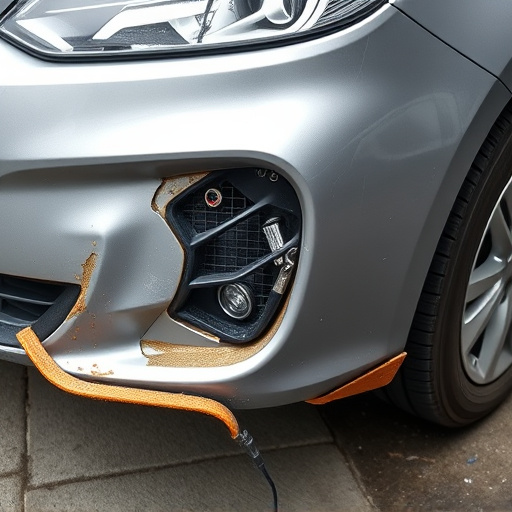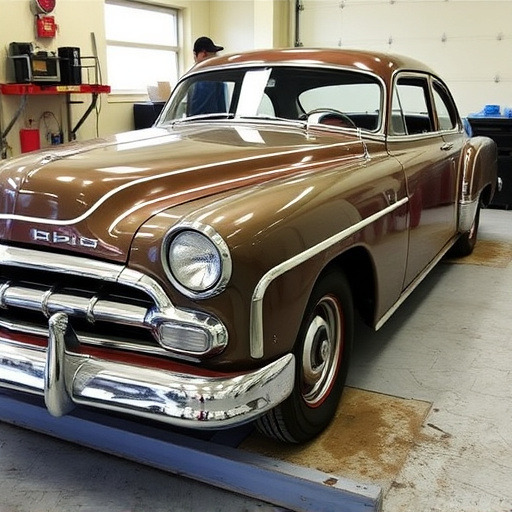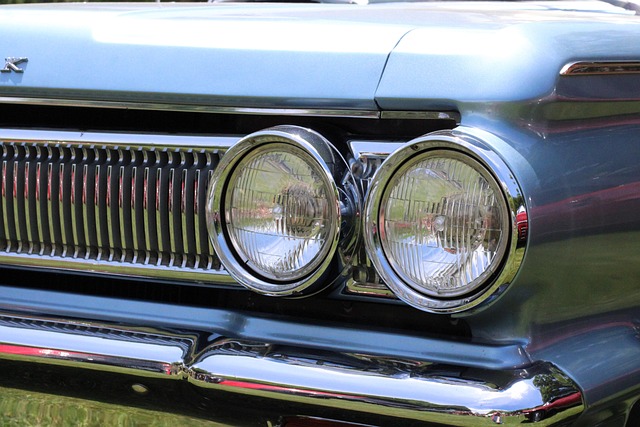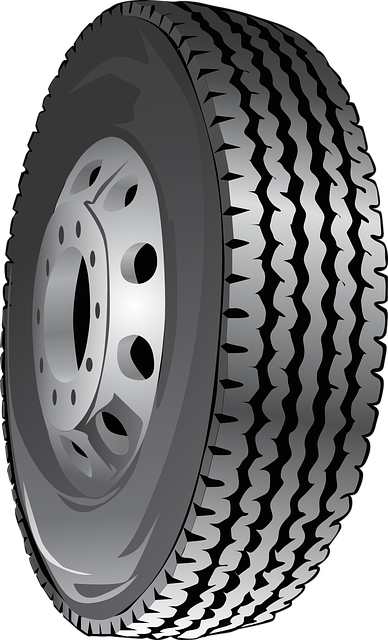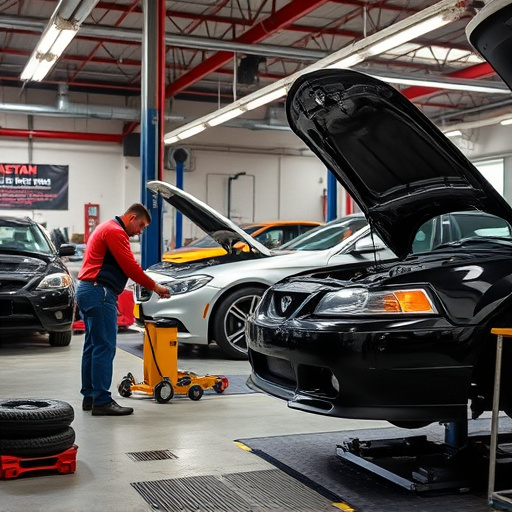Liability claim repair is a detailed process restoring vehicles damaged in accidents to pre-loss condition, including structural fixes, paintwork, and safety systems like auto glass. Coverage varies based on damage severity, insurance, and legal liabilities. Exclusions for pre-existing damage, wear & tear, weather events, and normal deterioration can limit services; careful reading of policy fine print is crucial.
Liability claim repair is a vital process designed to mitigate and rectify damages arising from legal disputes. When a business faces a liability claim, understanding what this repair process entails is crucial for effective risk management. This article delves into the fundamentals of liability claim repair, exploring what it covers and what it leaves out. From coverage reparative measures to common exclusions, gain insights into navigating this complex landscape.
- Understanding Liability Claim Repair Basics
- What's Included in Coverage Reparation
- Common Exclusions in Liability Claims Repair
Understanding Liability Claim Repair Basics
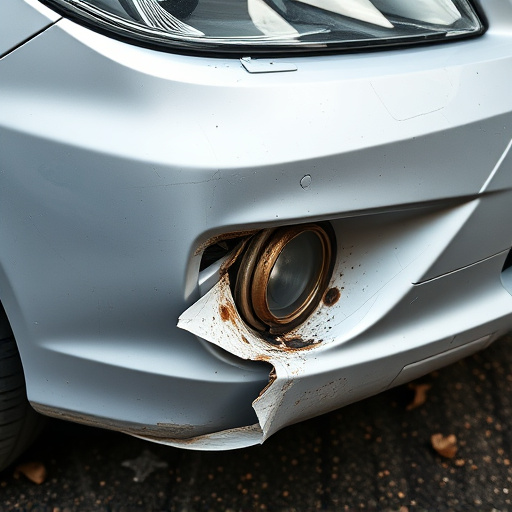
Liability claim repair is a crucial process designed to restore vehicles damaged in accidents or incidents back to their pre-loss condition. It involves a systematic approach where professionals assess, estimate, and then meticulously fix any issues related to the vehicle’s structural integrity, paintwork, and overall aesthetic appeal. This process is often necessary when a policyholder files a liability claim, which means they’re seeking compensation for damages caused by another party.
At its core, liability claim repair encompasses various services, including vehicle body repair, collision repair, and even car body restoration. It’s important to understand that while this type of repair aims to restore the vehicle, it doesn’t necessarily cover all expenses related to the incident. The scope of work is typically determined by the severity of the damage, the policyholder’s insurance coverage, and legal liabilities established during the claim process.
What's Included in Coverage Reparation
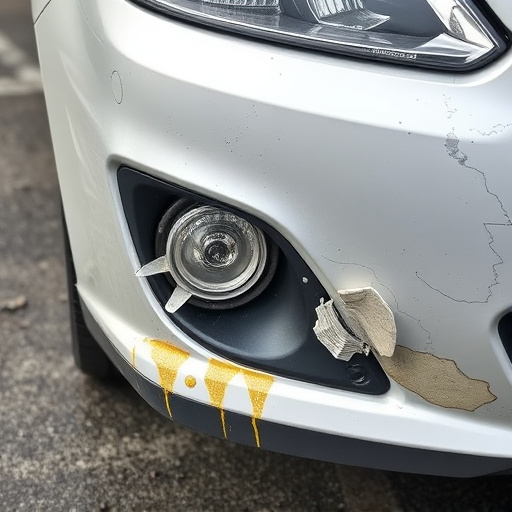
When it comes to understanding what liability claim repair covers, it’s essential to know that this type of service is designed to address various aspects of vehicle damage. Included in this coverage are repairs related to physical harm caused by accidents or incidents, such as fixing or replacing damaged auto parts and components. This can range from repairing fenders and body panels after a collision to restoring the functionality of brakes and tires.
Liability claim repair also extends to crucial systems like auto glass repair, ensuring that shattered windshields or cracked side windows are replaced promptly for safety and visibility. Vehicle owners should take advantage of these services offered by reputable auto repair near me facilities to not only get their cars back on the road but also to maintain optimal vehicle condition and safety standards.
Common Exclusions in Liability Claims Repair
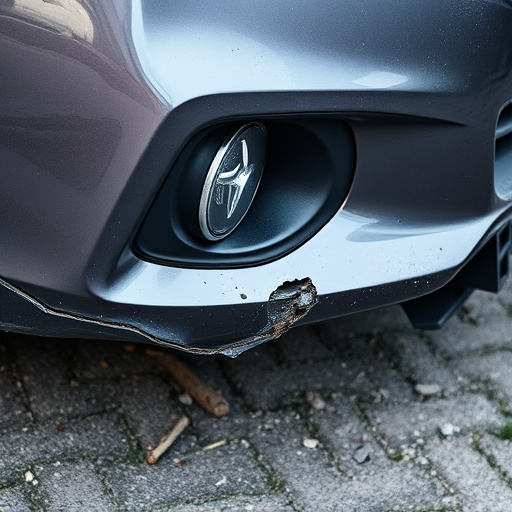
When it comes to liability claim repair, several common exclusions are important for individuals and businesses to be aware of. These exclusions can significantly impact the scope of services covered under a liability claim repair policy. Many policies exclude repairs related to pre-existing damage or wear and tear, meaning that if your vehicle already had dents or paint issues before an incident, these may not be covered. This is particularly relevant for fleet repair services, where regular maintenance and existing damage can accumulate.
Additionally, certain types of damages like those caused by extreme weather conditions, such as hail storms or floods, are often excluded. Even normal wear and tear on automotive body work, including dents and scratches accumulated over time, may not be covered under standard liability claim repair policies. These exclusions underscore the importance of reading the fine print and understanding what is and isn’t included in your specific policy.
Liability claim repair is a crucial process for businesses aiming to mitigate potential legal risks and financial losses. By understanding what this coverage entails, you can ensure your organization is protected against various liabilities. While it offers comprehensive support, it’s essential to recognize the limitations and common exclusions, such as willful acts or intentional torts. Armed with this knowledge, businesses can make informed decisions regarding their risk management strategies, knowing exactly what to expect from liability claim repair services.
